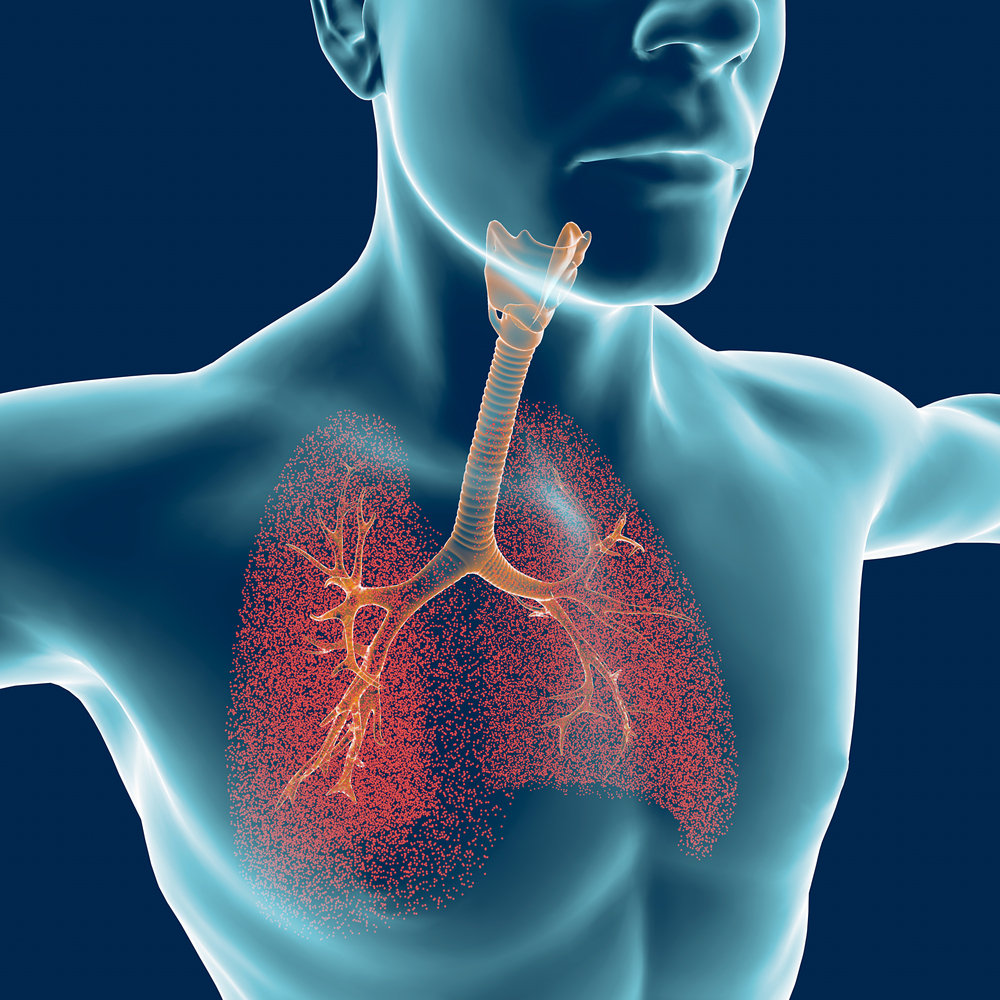Blocking FoxM1 Gene Seen to Prevent Vascular Remodeling and PH Progression in Mice

A gene called FoxM1 was seen to be an important regulator of the vascular remodeling process involved in pulmonary hypertension. It triggers the proliferation of smooth muscle cells in the lung’s blood vessels, which in turn promotes the thickening of artery walls and elevated arterial blood pressure.
Inhibiting or blocking FoxM1 activity may be a way of preventing and even reversing the vessel remodeling process that is characteristic of pulmonary hypertension, work in an animal model of the disease shows.
The role of FoxM1 was described in the study “Endothelial and Smooth Muscle Cell Interaction via FoxM1 Signaling Mediates Vascular Remodeling and Pulmonary Hypertension,” published in the American Journal of Respiratory and Critical Care Medicine.
Researchers at Stanley Manne Children’s Research Institute at the Ann & Robert H. Lurie Children’s Hospital of Chicago started by analyzing the levels of FoxM1 in two types of cells that constitute blood vessels, smooth muscle cells and endothelial cells, the cells that form the inner lining of blood vessels.
They found that FoxM1 levels were higher in pulmonary arterial tissue samples collected from patients with idiopathic pulmonary arterial hypertension (IPAH) compared to healthy controls. A more detailed analysis also showed elevated FoxM1 levels in smooth muscle cells — but not in endothelial cells — in these tissue samples.
High FoxM1 levels in the lungs of mice and rat models of the disease also confirmed these findings, suggesting that FoxM1 could be an important regulator of pulmonary cell behavior in this disease.
To examine this hypothesis, the team genetically inhibited FoxM1 activity in smooth muscle cells of mice with induced pulmonary hypertension. Results showed that animals lacking FoxM1 had significantly lower pulmonary vascular pressure, and lesser evidence of heart atrophy progression. In contrast, genetic blocking of FoxM1 in endothelial cells had no impact on the pulmonary hypertension and its progression in diseased mice.
Additional experiments found that FoxM1 can trigger a cascade of signals that promotes and supports the proliferation of smooth muscle cells, which will contribute to the thickening of blood vessel walls. Chemically blocking these signals prevented this process, halting vascular remodeling and improving mouse pulmonary and cardiac activity.
“Currently we do not have drugs that target vascular remodeling in pulmonary hypertension,” Zhiyu Dai, PhD, lead study author, said in a news release. “Our study shows that when we deleted the FoxM1 gene in the smooth muscle cells of the artery in mice, the result was thinner artery walls, reduced blood pressure in the lung and improved right heart function.”
Researchers are now focused on “developing new drugs that will inhibit the FoxM1 gene and hopefully improve outcomes for patients with pulmonary hypertension,” said Dai, who is also a research assistant professor of pediatrics at Northwestern University Feinberg School of Medicine.
The FoxM1 gene controls cell growth, and is also being studied in regard to cancer and tumor cell proliferation.







